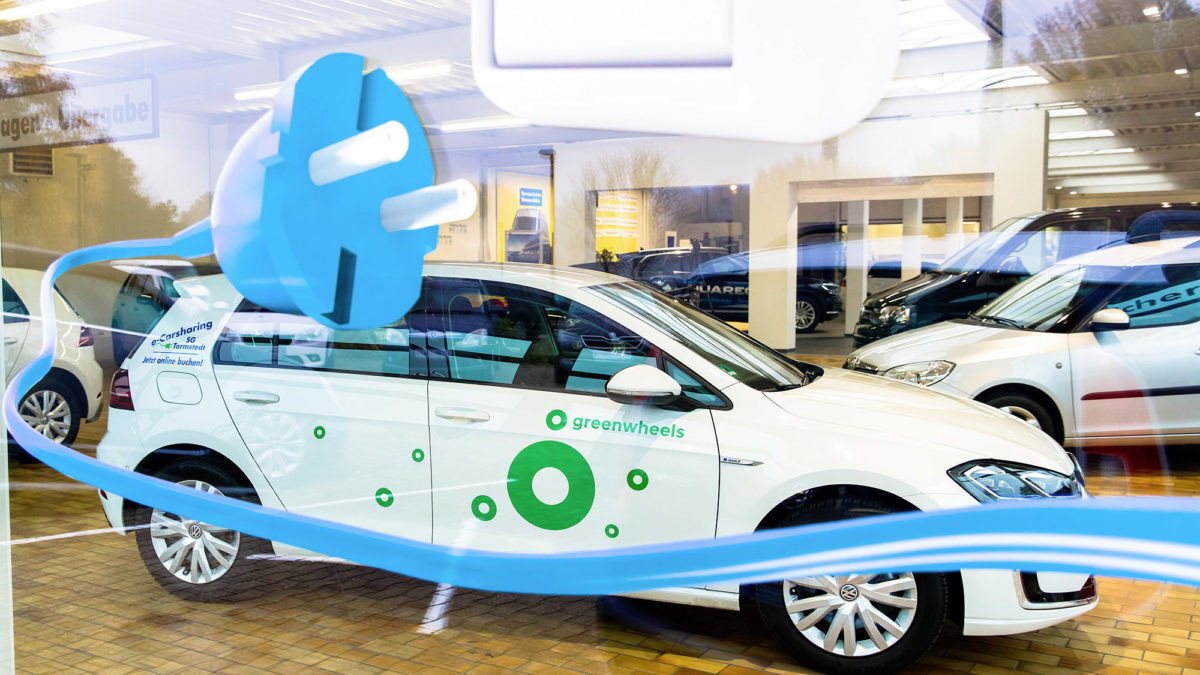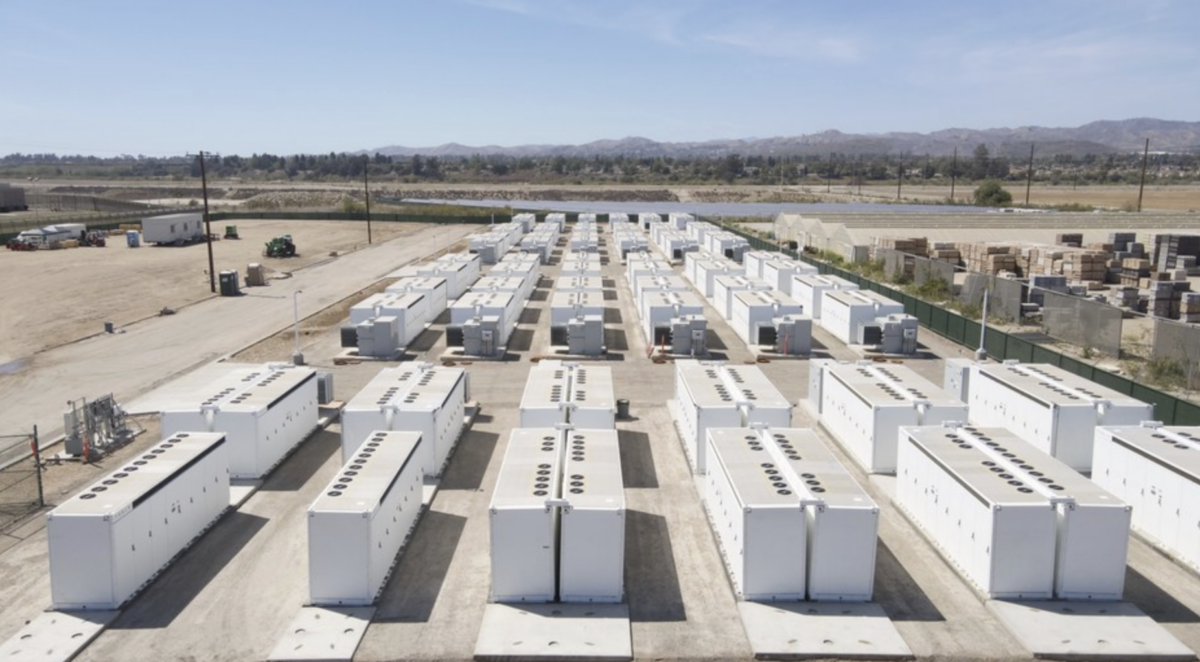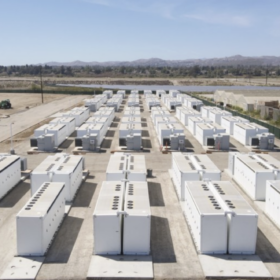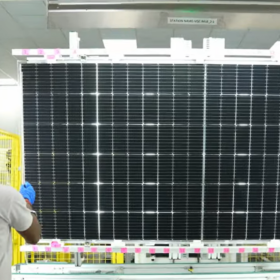By 2030, India aims to achieve 100% electric vehicle (EV) sales. This plan would not only help to clear the air, but it also represents huge opportunities for the creation of a world leading domestic energy storage manufacturing industry. This topic was on the lips of a lot of the attendees at this year’s Intersolar India.
According to a report released by the National Institution for Transforming India and U.S.-based The Rocky Mountain Institute at the end of last year, the Indian market for EV batteries could be worth as much as US$300 billion from 2017 to 2030, with India representing more than one-third of global EV battery demand by this time. Moreover, it found that the country’s energy storage market could grow to 300 GWh of installed capacity by 2025.
“India’s EV mission could drive down global better prices by as much as 16 percent to $60 per KWh. Given the projected scale of its domestic market, India could support global-scale manufacturing facilities and eventually become an export hub for battery production,” wrote the report’s authors.
India is actively working on providing reality to its dreams. Indeed, in addition to announcing the establishment of a National Energy Storage Mission (NESM) by the government earlier this year, discussions on grid-connected energy storage, setting up the right regulatory frameworks, and encouraging the domestic manufacture of batteries, have all gained ground.
However, Florian Wessendrof, managing director, Solar Promotion International, told pv magazine at this year’s Intersolar India, that in order to realize its goals, the country needs to accelerate its EV program.
“EV battery storage and solar energy storage together will decide the future of world’s renewable energy. The U.S., China and Japan are far ahead in the storage curve, both in terms of technology and acceptance. India might not fully achieve its 2030 EV target but its EV dream is on the right path,” he said.
Meanwhile, in a session held this week by NESM, PC Pant, Director, Ministry of New & Renewable Energy spoke on the rapidly transforming energy storage sector, stating that things are “changing fast”.
“In 2017, solar dominated by contributing 40% of the generation capacity addition and by 2022, renewable energy will account for 25% of India’s energy generation. With that growth, grid stability issues will soar,” he said. This means that although the storage market was once confined to the small off-grid market, it is now playing a key role in helping to integrate these increasing renewable energy capacities into power grids.
Going on to cite various storage solutions, including pumped storage, flywheels, compressed air and electrical energy storage (EES), Debi Prasad Dash, Director, India Energy Storage Alliance (IESA), called storage a “mandatory circuit for the entire power chain”.
“In industry-packed cities/areas, diesel is still used as an energy back-up with the cost touching Rs 17 per unit. With solar energy storage facilities, it can go down to Rs 3-4 per unit,” Dash said.
The lack of lithium reserves in India, meanwhile, is not thought to be a major barrier to the adoption of storage in India. Indeed, the NESM describes battery manufacturing as a “huge economic opportunity” and estimates that even by 2030, only about 0.7% of known global lithium reserves will be used to meet rising demand for EV batteries.
For Rashi Gupta, Managing Director, Vision Mechatronics, storage is about reducing the burden on grid and the use of diesel as backup. “Smaller projects are good learning steps for large projects. It is time we graduated from KW to MW levels and worked aggressively towards making storage cost-effective,” Gupta said.
The article was amended to correct the name of the IESA and its spokesperson on 14.12.2018 at 08.50. Apologies for any confusion caused.
This content is protected by copyright and may not be reused. If you want to cooperate with us and would like to reuse some of our content, please contact: editors@pv-magazine.com.








Many India companies are serious about manufacturing Li-ion battery in India to reduce cost & Make in India initiative & subsidies offered under FAME scheme. Hero, Amara Raja, Maruti, Suzuki & Denso are few companies have plans of setting up Li-ion battery manufacturing units in India.